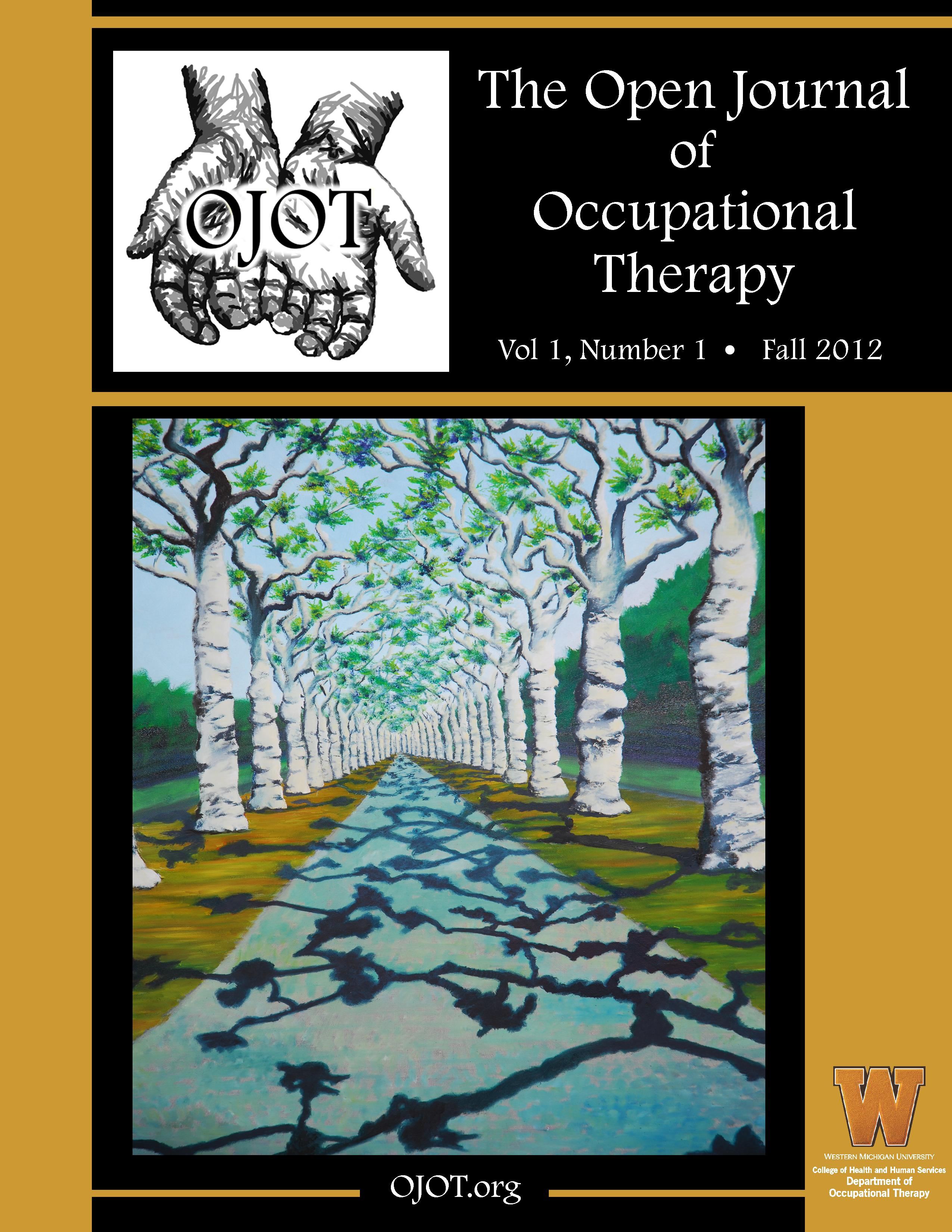ScholarWorks > HHS > OT > OJOT > Vol. 6 > Iss. 2 (2018)
Credentials Display
Rachel Bambrick, MS, OTR/L; Carole Dennis, ScD, OTL, FAOTA; Kimberly Wilkinson, PhD, OTR/L
Abstract
Background: This study examined how occupational therapists use play in their treatments when working with children with life-threatening conditions.
Methods: This narrative qualitative study used an interpretive phenomenological approach to data analysis. Three semi-structured interviews were conducted with each therapist; interviews were designed to gather an understanding of how these occupational therapists work with children with life-threatening conditions and the ways in which they use play.
Results: Four major themes arose from the interviews along with two sub-themes. The four major themes were: play as a means, playful moments, condition-dependent limitations, and reimbursement. The two sub-themes were the importance of play and allowing for more play at end of life.
Conclusion: Findings from this study suggest that while therapists value play as an occupation, they are typically using it as a means to another end in therapy with children with life-threatening conditions. In addition, therapists who incorporate play into treatment when working with children with life-threatening conditions face many challenges, including the limitations of insurance reimbursement and the confines of practicing in a hospital-based setting.
Recommended Citation
Bambrick, R. L., Dennis, C. W., & Wilkinson, K. (2018). Understanding Therapists’ Use of Play with Children with Life-Threatening Conditions: A Qualitative Study. The Open Journal of Occupational Therapy, 6(2). https://doi.org/10.15453/2168-6408.1283



Comments
The authors report no conflicts of interest to disclose.